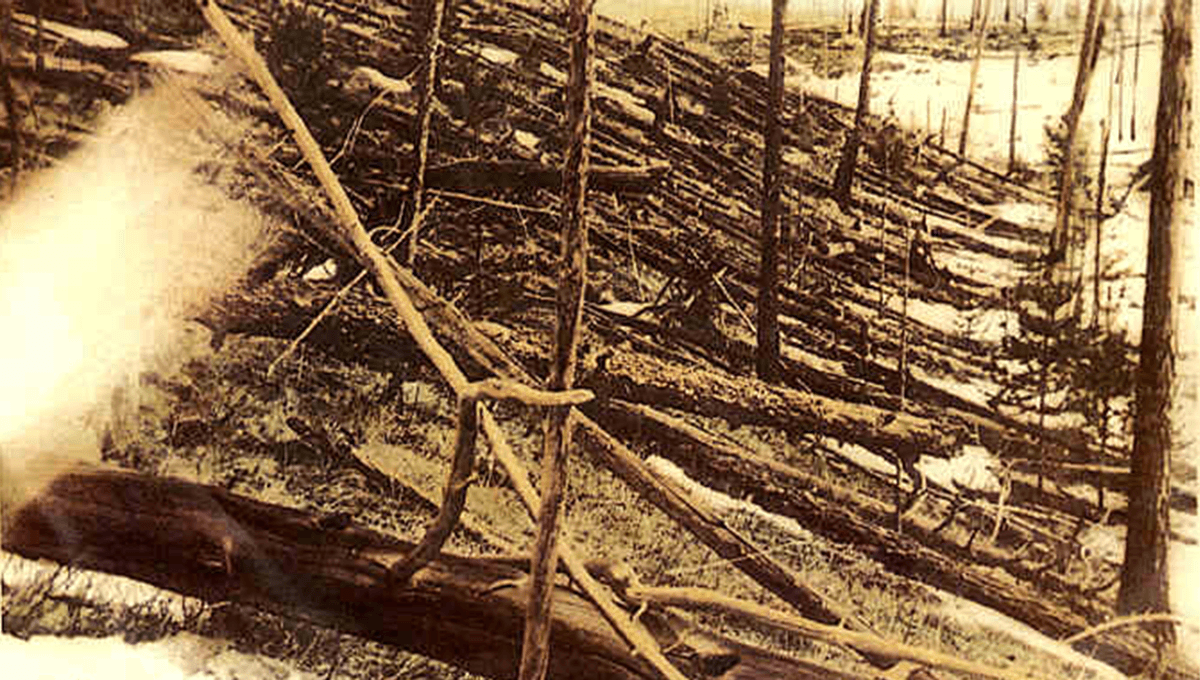Time: 2024-06-27
The Tunguska event, a giant explosion that occurred in Russia over a century ago, has baffled scientists for years. Some believe that the extraordinary blast, which flattened a vast area of land, could have been caused by a close encounter with a mysterious black hole. The explosion, which took place above the Podkamennaya Tunguska river in Siberia in 1908, was estimated to be 1,000 times more powerful than the atomic bombs dropped on Hiroshima and Nagasaki. Witnesses described seeing a second sun in the sky and hearing thunderous roars, with some even reporting a bluish-white body flying above the area.
The lack of a crater left behind by the explosion has been a point of contention among experts. While most have attributed the event to an asteroid impact, the absence of a noticeable impact site remains a topic of debate. Some scientists have put forth the theory that a primordial black hole passing through the Earth could explain the lack of a crater. Primordial black holes, which are purely hypothetical, are thought to have formed in the early stages of the universe and could still exist today. Despite the intriguing hypothesis, no concrete evidence has been found to support the existence of these primordial black holes.

A 1973 paper suggested that a primordial black hole with the mass of a large asteroid crashing through the Earth could have caused the Tunguska explosion. The researchers proposed that the black hole would have entered the Earth and exited through the North Atlantic, leaving behind minimal evidence of its passage. While the idea of a primordial black hole causing such a catastrophic event is compelling, no definitive proof has been found to validate this theory. The lack of an impact crater and the mysterious blue tube observed by witnesses continue to fuel speculation about the true cause of the Tunguska blast.
In contrast to the black hole hypothesis, a more widely accepted explanation for the Tunguska disaster involves an asteroid exploding in the Earth's atmosphere. The celestial missile, measuring around 50 to 80 meters across, disintegrated in an airburst above the ground, generating a powerful shockwave that flattened the surrounding area. While this explanation aligns with the available evidence, the lack of conclusive proof due to the remote location of the event adds to the mystery. Whether caused by an asteroid or a primordial black hole, the Tunguska event serves as a reminder of the powerful forces at play in our universe.